
Thomas Ries is a Viennese through and through; in other words, he has a mixed Central European background with German, Hungarian, and Croatian influences. Thomas grew up in Vienna, studied history, and worked in publishing for decades. He’s currently employed by the Austrian Parliament, giving architecture tours for visitors. He’s an avid collector of Art Nouveau vases and feels a deep connection to the Viennese culture of 1900.
What's your favorite neighborhood in Vienna?
The area of my flat in Vienna’s District 3. I live close to downtown, but the Prater is reachable by three tram stops. The Prater is not only an amusement park, but also a large green area, perfect for a walk and a spritzer. 200 years ago, it used to be the hunting area of the nobility, but was opened to the public by Emperor Joseph II. The so-called "Lusthaus," House of Pleasure, still reminds of him.
Is that a brothel?
It has nothing to do with a brothel; it was a building for supper after the hunt. It’s late 18th century and absolutely charming. If you have the possibility: go there!
What else is near you?
The Hundertwasserhaus House is definitely less charming. It’s among the most popular attractions of Vienna, but, to be frank, a disaster. Friedensreich Hundertwasser (1928–2000) was a painter who decided to be an architect, too. With some assistance, he glued colorful tiles onto the facade of a community building and added some concrete lions. People lost in taste have these lions in their garden, together with the gnomes.
And yet it’s so popular.
On an American website, I once read: "The house by Hundertwasser is Austria’s answer to Antoni Gaudí." This is a coarse insult to Gaudí. Hundertwasser was simply a decorator of facades. Don’t go there!
Understood.
I like the area surrounding the Naschmarkt in District 6. There are a lot of cafés and pubs. Café Savoy still preserves the spirit of the 1880s with all its plush, chandeliers, and seating cabins. It’s where Vienna’s gay scene meets, but the straight Viennese don’t care. When a coffeehouse has a cozy atmosphere, it’s stormed.
Where do you usually go for coffee or a drink?
My absolute favorite is Kolonitz Beisl in District 3. This is a very atmospheric tavern, the prices are moderate, and the cooking superb. It’s my second living room. Recently, I discovered Frau Mayer on Rudolfsplatz in District 1. I go there mainly because of the live music almost every evening.
How about cafes?
Vienna, thank heaven, is still a city with lots of charming cafés. There is Café Sperl in District 6, Café Eiles in District 8, and you would find the Kleines Café (“Small Café”) on Franziskanerplatz right in the heart of the city. The theater critic, Alfred Polgar (1873-1955), one of my favorites, once wrote: "The coffee house is a place for people who want to be alone, but need company to do so." Another author wrote: “Not at home and yet not in the fresh air.”
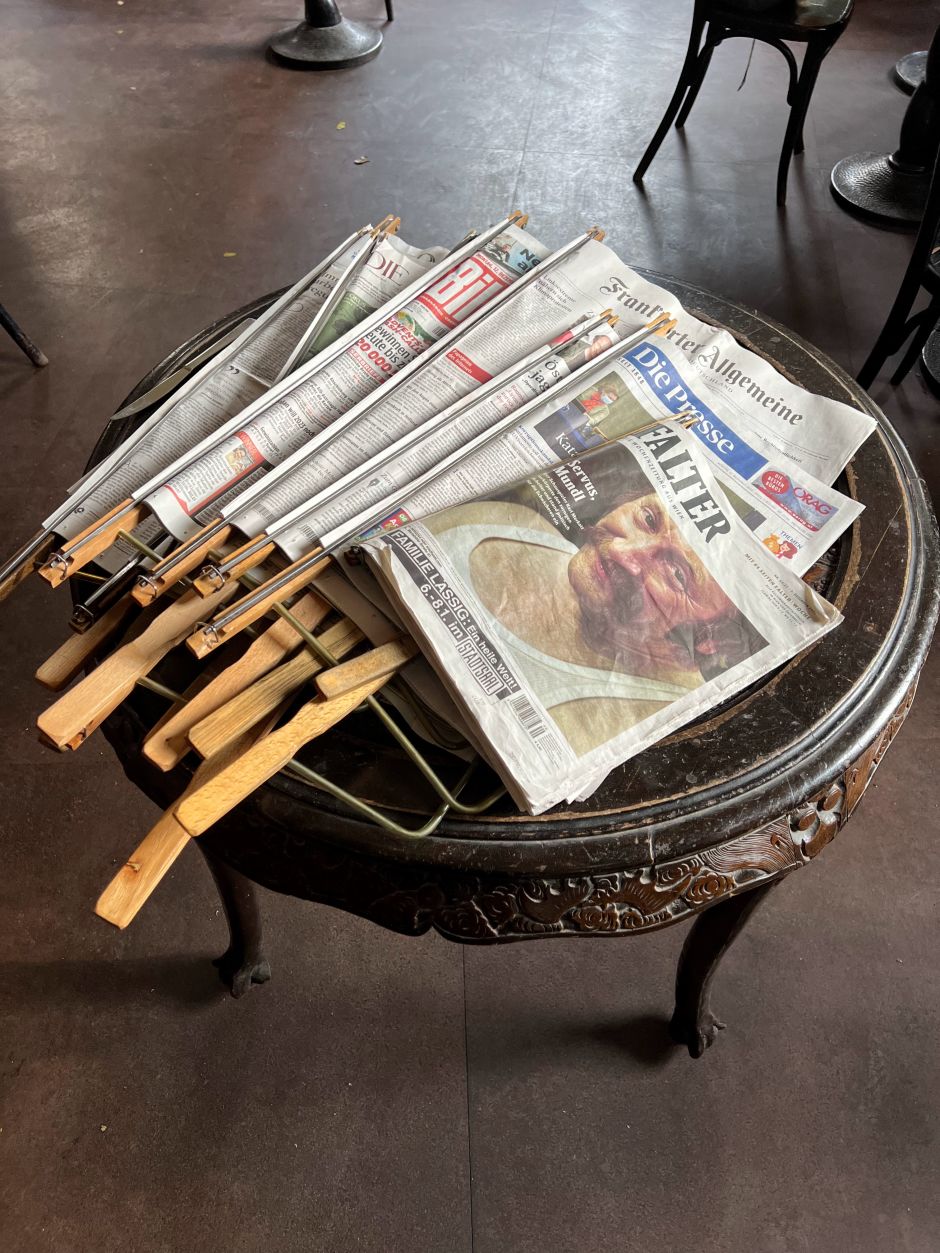
What’s special about a Viennese cafe?
The classical Viennese Kaffeehaus offers a lot of newspapers and the time you can spend here is unlimited. There’s nothing like "time slots" and no Viennese waiter would dare to show signs of impatience because you ordered a small cup of coffee three hours ago while visitors are queuing up at the front door.
What do you think of Vienna’s most famous, the Café Central?
Café Central used to be a great café, but now they placed a sign at the entrance: “Please wait to be seated“. For me, this is a no-go in a Kaffeehaus. Even in the past, the brain capacity of the visitors was sufficient enough to recognize that, if the café was full, there was no more free space. However, the management no longer seems to be sure of this. Anyhow, today Café Central is overrun by tourists, so you can skip it.
How about traditional Austrian food?
Traditional Austrian food is a big mixture of the kitchens of the countries that once belonged to the Austro-Hungarian Empire. The Austrians, especially the Viennese, have been influenced mainly by the Hungarians, see goulash, and the Czech, see the knödels (dumplings). It is said that the classic Wiener Schnitzel originated in Milan, but I don't believe it.
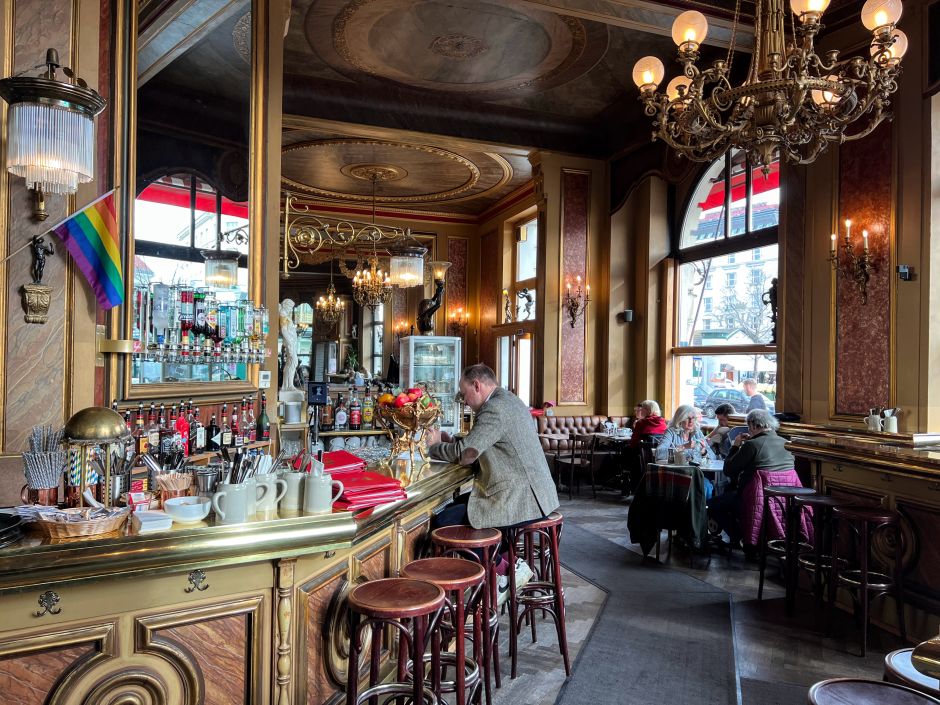
Are we talking gut-busting fare?
The classical Viennese food is rich and definitely not for calorie counters. There is a tradition of cooked beef I’m very fond of. If you are in town, you should try Tafelspitz or Schulterscherzel. Maybe you start with Tafelspitz, the pronounciation is easier. Traditionally, the beef is served with roasted and smashed potatoes and two sauces: a horseradish-spiked apple and a chive sauce. Cooked beef was the favorite dish of Emperor Francis Joseph I (1830-1916), who had it every day.
I’ve seen lots of offal dishes on restaurant menus.
Yes, it’s another tradition. You’ll find a lot of roasted or baked liver, and also Beuschl, which is a sour stew of lung. When it’s done properly, it can be absolutely delicious. I recommend the one from Gasthaus Wild on Radetzkyplatz in District 3.
How about sausages?
We are in a city where the Viennese sausages were invented. However, if you want to get these sausages, you should order “Frankfurters.” This comes from the butcher Johann Georg Lahner from Frankfurt, who came to Vienna around 1800 and invented his sausages, which he himself called “Frankfurter”. The success was enormous and the sausages were exported to the rest of the world, calling them Vienna sausages, because they came from Vienna. Only the Viennese stick to the old name “Frankfurter.”
Which sausage kiosk do you recommend?
One of the nicest ones is behind the Opera House (Bitzinger). In addition to Frankfurters, you can also get bratwurst, hot dogs, and even Champagne. Many wild opera balls end here at the sausage stand around seven in the morning. Ladies in fancy dresses on a rendezvous with the gentlemen of the garbage collection.
How about the famous pastry shops of Vienna?
I almost forgot the sweets. Vienna is the paradise of cakes, creams, strudels, pies, roulades and, of course, the Palatschinken. The Palatschinke is the Austrian equivalent of the French crêpe. They are slightly thicker than the crêpes, maybe because they have to hold a more substantial content like Powidl, plum jam, another import from Bohemia – today the Czech Republic.
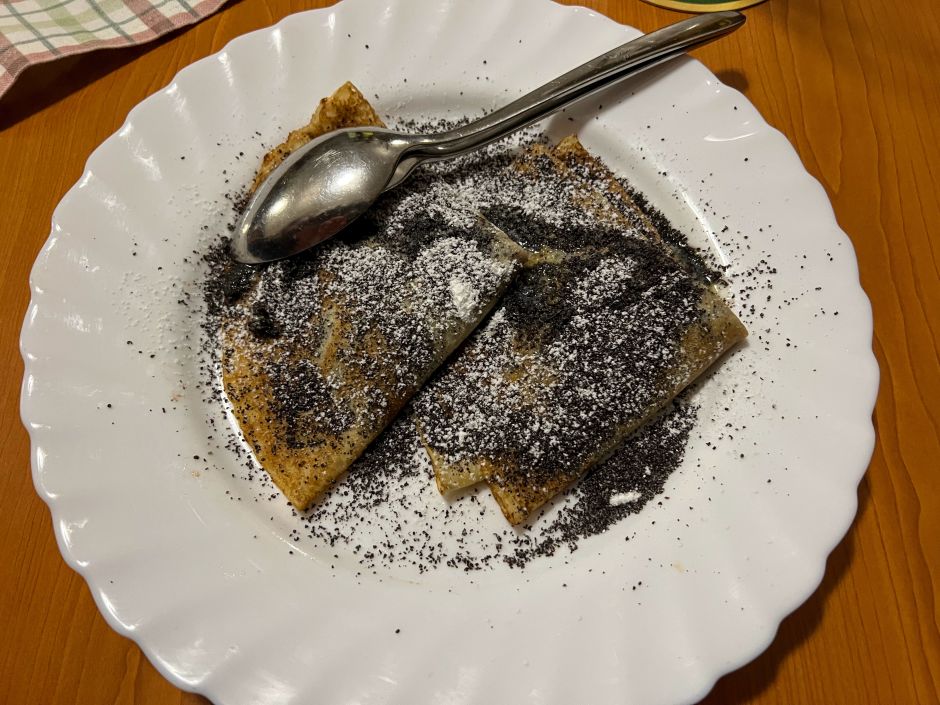
Do you have a favorite?
When in Vienna, you must visit Demel. As the court’s confectioner, they have produced sweets since 1786, and they have a firm place in the cultural history of Vienna. You enter through a narrow door, then you are stunned, first by the breathtaking interior, second by the compositions of sugars, eggs, flour, whipped cream, and the aromas. But be warned: The entrance is narrow. You might get in, but you might not get out.
Can you recommend a book or a movie that will help a visitor's understanding of Vienna?
Stefan Zweig's "The World of Yesterday." It is the very wistful memories of a Viennese writer about his hometown. Also a wonderfully drawn picture of Vienna. The book was published in 1942 by a publisher in exile, after Zweig's suicide in Brazil, where he had fled from the Nazis. Zweig, like most fin de siècle writers, was Jewish.
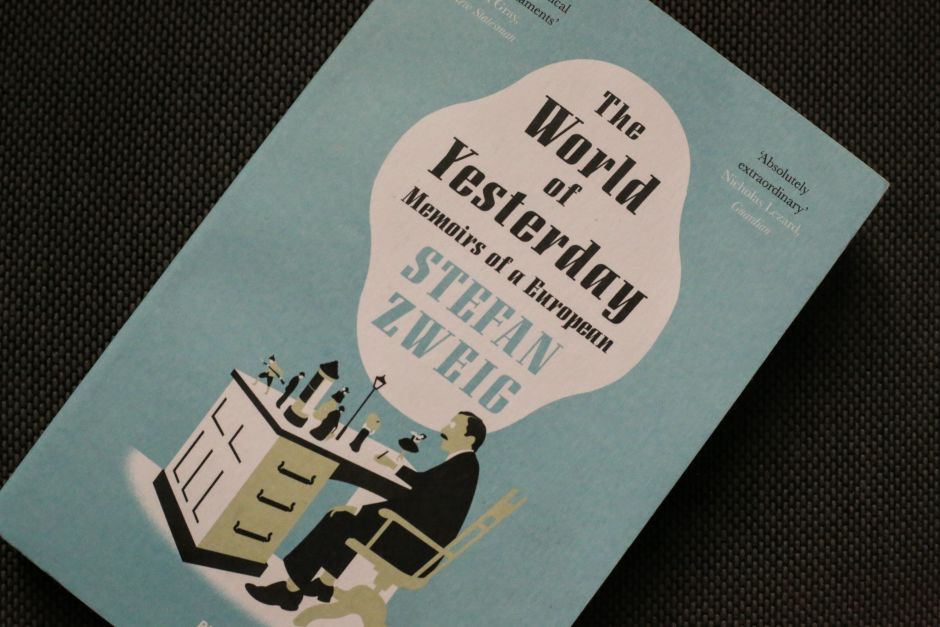
Why is that important?
It cannot be recalled often enough: This brilliant Viennese modernism, this experimental field of the early 20th century, is more or less a Jewish creation. Most of the protagonists were of Jewish descent: Gustav Mahler, Arnold Schönberg, Sigmund Freud, Arthur Schnitzler, Karl Kraus, Hugo von Hofmannsthal, Joseph Roth, Stefan Zweig, and many others.
An impressive group.
Not to be forgotten: the famous salonière and art patron, Berta Zuckerkandl. Or Victor Adler, who founded the Austrian Social Democratic Party. Or Theodor Herzl, who developed the idea of a Jewish state. Or Max Reinhardt, actor and director of the Theater in der Josefstadt and founder of the Salzburg Festival. Or Samuel Wilder, Viennese journalist who later went to Hollywood, where under the name of Billy Wilder he directed films like "Some Like It Hot" with Marilyn Monroe. When I listen to his smart and witty film dialogues, I am reminded of how much he owes to the Jewish cabaret of the interwar period.
Please go on.
I know, I’m talking too much, but I must mention Hedy Lamarr. Born Hedwig Eva Maria Kiesler into a Jewish family in Vienna, she played the first orgasm in the history of the movies in the notorious film “Ecstasy”. She married a weapons manufacturer but fled from this relationship to Hollywood and called herself Hedy Lamarr, starting her American career. She wasn’t much of an actress, to be frank, but famous for her beauty. In 1940, she invented a radio remote control for torpedoes for which she received a patent. In 2014, Lamarr was posthumously inducted into the National Inventors Hall of Fame. What a biography!
Let’s go back to Vienna.
Let’s. What is very often forgotten is the role played by Jewish audiences, Jewish patrons and collectors. Stefan Zweig, for example, emphasized the role of the Jewish bourgeoisie. They were the real audience, he writes. "They filled the theaters, the concerts, they bought the books, the pictures, they visited the exhibitions, and with their more agile understanding, less burdened by tradition, they became everywhere the promoters and champions of everything new."
It was similar in Budapest.
How great their role actually was has come to light in recent years in the restitutions of works of art. Things stolen from their Jewish owners by the Nazis in 1938 were finally given back to the heirs. The most famous example is the "Golden Adele," the portrait Gustav Klimt painted of Adele Bloch-Bauer in 1907. In 2006, it was returned to Ferdinand Bloch-Bauer's niece, Maria Altmann, and now hangs in New York.
All this ended with the Holocaust.
This Jewish-Viennese culture, so fertile and productive, which I love and revere so much, perished and was extinguished forever when the Nazis, both German and Austrian, came to power. But I figure as long as I and others cherish the memory of it, it is not quite dead. A vain thought.
You wanted to mention another book.
A more practical tip would be Dorothy Gies McGuigan's "The Habsburgs." It's ideal as an introduction because the author focuses on something that more or less all of us are interested in – their weaknesses, hobbies, love and marriage stories. In short: the gossip. This is another way to approach history.

What’s your favorite movie about Vienna?
"The third man" by Carol Reed from 1949, a film noir based on a novel by Graham Greene and starring Orson Wells. But the real protagonist is the completely destroyed, bombed-out city of Vienna, where the film was shot. When you come out of the cinema and walk home through the streets of Vienna, it's hard to imagine that it was all rebuilt.
You're a collector of antiques – what store should a fellow antique fan not miss while here?
There is the Dorotheum downtown, founded in 1707, probably the oldest auction house in the world. Originally state-owned, it was sold to a group of financial investors in 2001. I would say, it’s past its peak. It definitely had a very good time during the Nazis, when they auctioned off "aryanized" household goods belonging to Jewish families. But stop by, the building is imposing. The streets around the Dorotheum are the antique center of Vienna. The prices are insane. When I acquire old things today, it’s mostly online at international auctions.
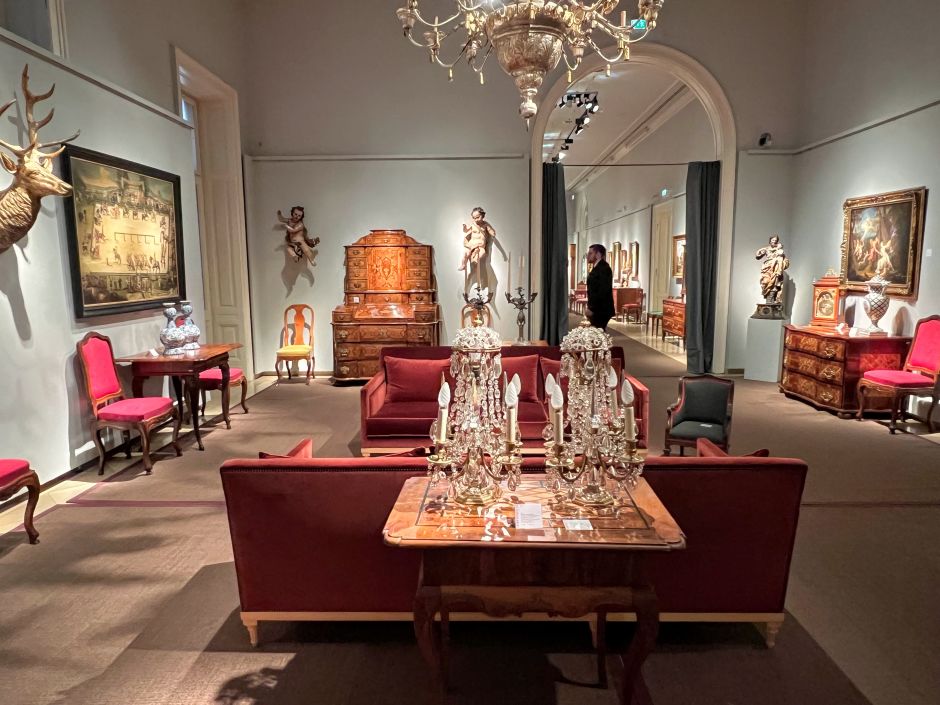
You’re very up-to-date.
Then there is the auction house in Palais Kinsky, in District 1. The house usually has excellent goods at exorbitant prices. The call prices at the Kinsky are where things are sold at other houses. It’s inside a fantastically beautiful Baroque palace, which is definitely worth seeing. Unfortunately, you can only get into the stairwell with its ceiling painting during auction and exhibition times.
What’s your most recent acquisitions?
A beautiful peacock vase by Zsolnay, a Hungarian product bought at a French auction. A dream.
Is there a museum worth visiting in Vienna that may not be on people’s radars?
There is the Museum of Art Fakes in my neighborhood in District 3. The museum is dedicated to art forgeries, but also deals with famous forgers and tries to get to the bottom of the essence of forgery. I find it amusing, but as a "culture vulture," I’m probably biased.
What else?
The Pathological-Anatomical Collection in the Narrenturm, known as the "fool’s tower", is also an impressive museum. You find it in District 9. It was built under Emperor Joseph II in the late 18th century as a hospital for the mentally ill. It’s circular and looks like a cake. If somebody behaves like mad in Vienna, they say he is a raisin in Emperor Joseph's cake.
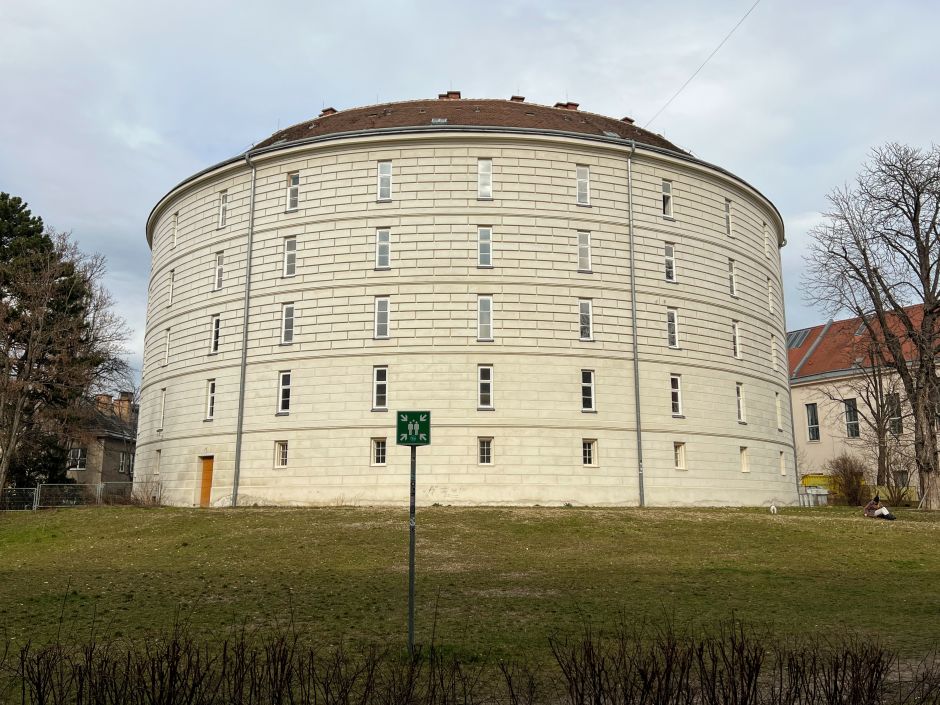
What’s inside the museum?
Special pathological cases and peculiarities, deformities, skeletons and so-called wax moulages. These are reproductions of disease patterns in wax. For example, you could see the final stages of venereal diseases, which is interesting because today, syphilis, gonorrhea, and lues can be cured and there are no longer any final stages. I must warn sensitive natures though: A friend got so sick that he left the museum.
Do you have any advice for Vienna visitors to get the most out of their time in the city?
As you've probably noticed, I'm a bit of a culture nut, fallen out of the present. Well, I studied history, too. One place to gladden my heart is the Kunsthistorisches Museum, specifically the Cabinet of Curiosities of Emperor Rudolf II. My favorite emperor, by the way, after Joseph II.
Rudolf II lived in Prague around 1600 and was a crazy collector, kind of like me. He collected Artificialia (works of art), and Naturalia (natural objects).
What are some examples?
Coconuts (very unusual and exotic!), horns of narwhals, which were thought to be horns of unicorns, and mandrakes. These are plants that had a great image as a magical agent. Among the artifacts were wafer-thin cut agate bowls on bases of fire-gilded bronze and with applications of colorful enamel. Eye-popping. The collections of Emperor Rudolf II were early forms of modern museums.
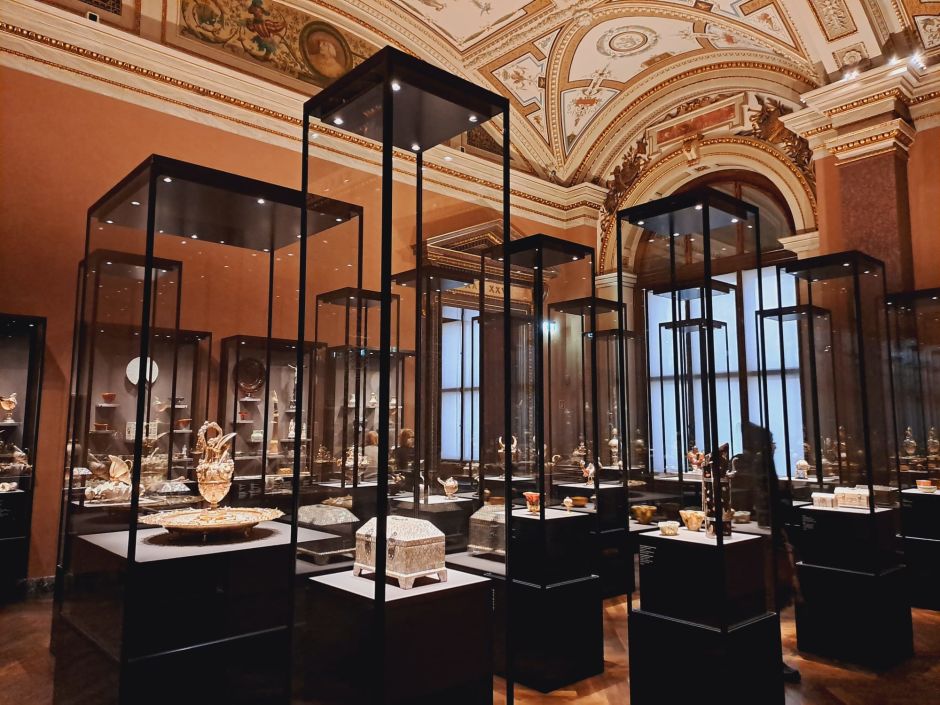
I also like Rudolf.
He steadfastly resisted his family's attempts to marry him off. Sometimes he had no time, sometimes he was indisposed. Yet he loved erotically charged paintings and had a bright flock of children with Katharina Strada, the granddaughter of his art agent.
We started with the Prater, let’s also end there.
If you come to Vienna in the beautiful season, you should definitely visit the Prater to go on a merry-go-round. Or to watch others. Or get on a rollercoaster. Afterwards, I recommend the Schweizerhaus, where you can eat a Stelze.
What’s a Stelze?
A Stelze is a grilled pork knuckle that is incredibly unhealthy and incredibly delicious. With it, you drink Budweiser, but not the one you get in the USA, but the original one. Imported from Bohemia. You sit in the guest garden under old chestnut trees and on balmy summer evenings, it's an absolutely idyllic place. One last piece of advice: if you want to go on a rollercoaster, do it before you visit Schweizerhaus.